Published on: April 4, 2024
AI and Predictive Analytics in Social Media: Why It’s Not Just About Ads
Author: Amy Lancelotte

Social media isn’t what it was – it’s better. AI and predictive analytics have transformed social media from a medium to a giant prophecy ball. A world where content isn’t just posted, it’s foreseen.
Consider every swipe, every like, every comment. Tracked. Analyzed. To predict what grabs your attention next. That’s how far AI and predictive analytics for social media have come.
Gone are the days when it was all about ads. The scope now encompasses tailored recommendations, customer behavior prediction, content optimization, and more. By the end of this dive, you’ll comprehend this evolution and WHY it matters to your brand.
Start expecting more from your social media – because it’s ready to deliver more.
Unveiling the power of AI and predictive analytics for social media
- Understand how AI and predictive analytics reshape social media strategies.
- Follow a simple guide to implementing AI and predictive analytics in your social media.
- Get a grip on why it’s way more than just driving advertisements.
How AI and predictive analytics enhance social media strategies
AI and predictive analytics act like the genie lamp for social media strategists, allowing them to derive actionable insights from copious amounts of social media data. They enable businesses to tap into the potential of user-generated content, dissect the nuances of customer engagement, and construct compelling narratives for social media posts that resonate with their audience.
Consider your social media platform as a treasure island and users’ activity as golden nuggets scattered across the island. Leveraging AI and analytics, you can track down these nuggets, understand their significance, and use them to pave a roadmap for future strategies.
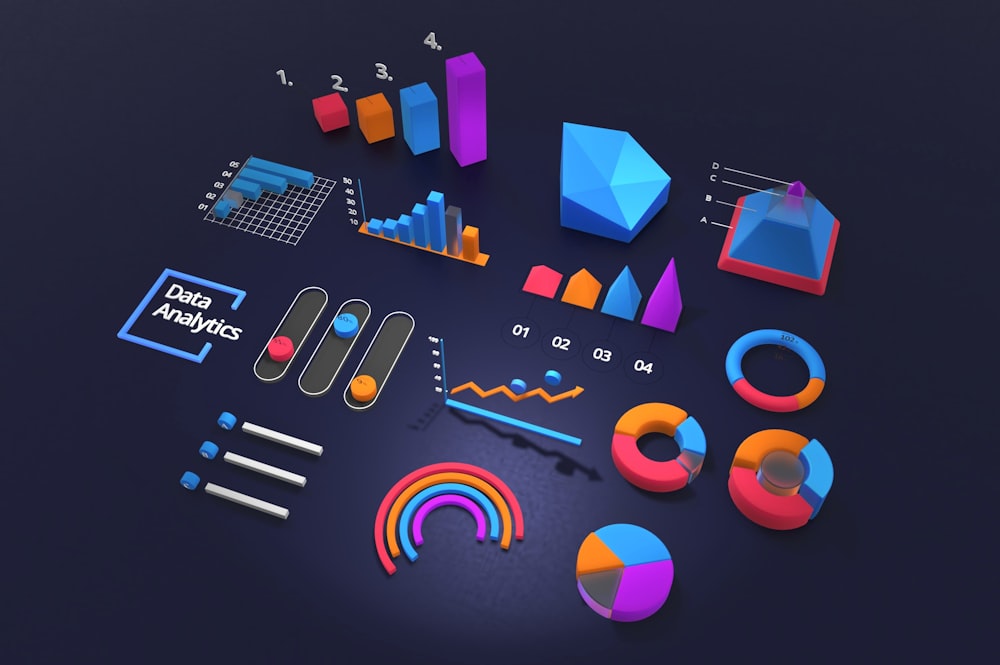
A step-by-step guide to implementing AI and predictive analytics
Step 1: Understanding your social media data
Before implementing AI and predictive analytics, get acquainted with your social media data. Understand the key metrics, the patterns, and the compartments of your data that generate insight into user behavior and preferences. This understanding lays the foundation of your predictive modeling using AI.
Step 2: Choosing the right tools
You’re not short on options when it comes to selecting AI and predictive analytics tools. The trick is finding the set that best fits your business needs and has harmonious integration with your social media platforms. Here, it’s not a one-size-fits-all solution.
If you need a few tools to consider to get you started, have a look at Hootsuite, which is a comprehensive tool. Google Analytics is also useful, although it doesn’t come with as many features. Loomly and Sprout Social are also top contenders.
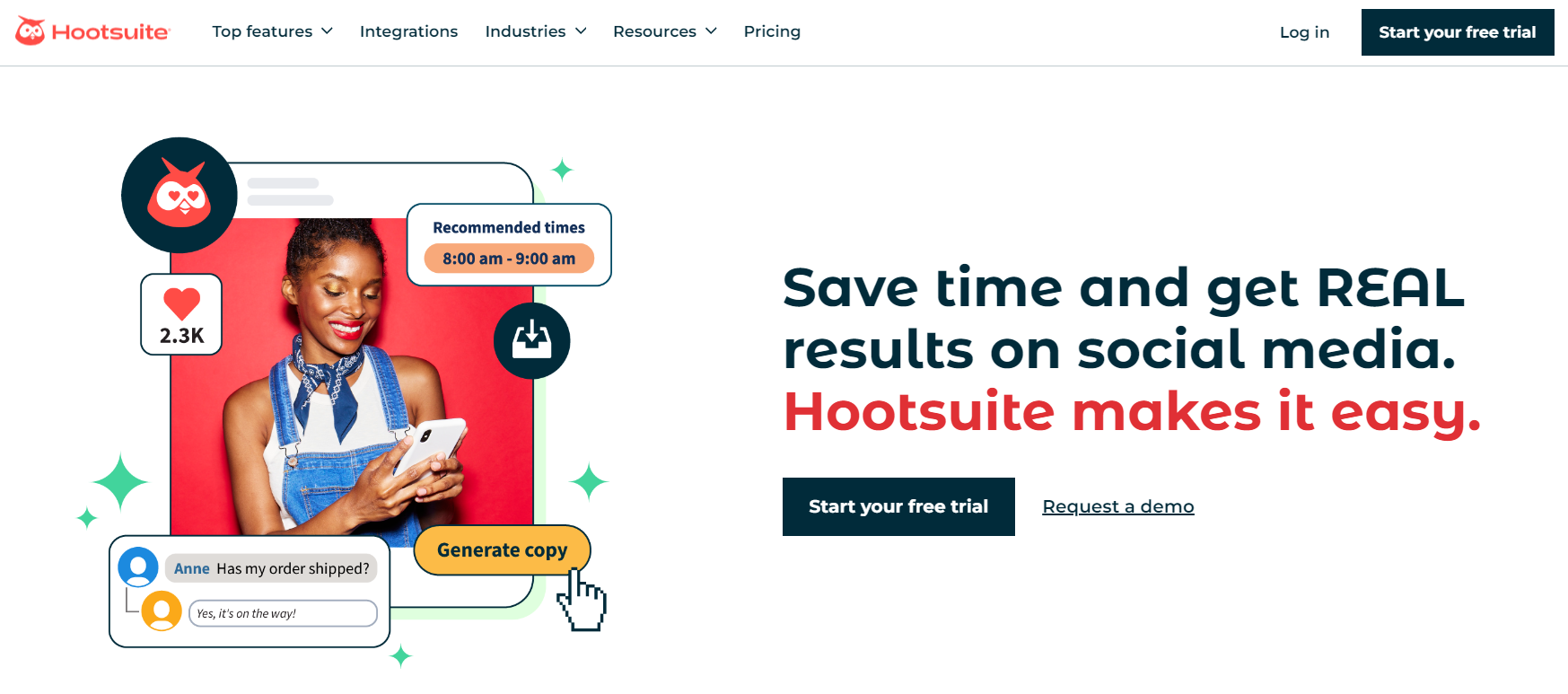
Step 3: Integrating AI and predictive analytics into your social media platforms
Once you have your set of tools, it’s time to integrate them with your social media platforms. This acts as weaving a net of smart machinery within your existing setup, setting up processes to collect and interpret data, and building systems that react based on the interpreted data.
Step 4: Analyzing and interpreting the results
The last step involves putting your setup to work and letting the AI and analytics tools take over data collection, interpretation, and strategizing. The success here lies in proper result interpretation, and the ability to transform raw data into understandable and actionable insights.
The future of social media: AI-driven personalization and predictive analytics
- The future of social media is shaping up to be AI-driven, impacting the personalization of content, and how trends are predicted.
- AI personalization enhances user experiences and boosts user engagement.
- Predictive analytics provides insights into social media trends, empowering businesses to craft efficient strategies.
The role of AI in personalizing social media content
Artificial intelligence is at the forefront of social media transformation. With billions of users, a vast amount of data is generated on these platforms every day. AI systems improvize on this data, creating a personalized experience for each user.
Natural Language Processing (NLP) is a branch of AI that focuses on the interaction between computers and humans through natural language. The goal of NLP is to enable computers to understand, interpret, and produce human languages in a way that is both valuable and meaningful. This involves various tasks such as language translation, sentiment analysis, speech recognition, and text summarization. natural language processing combines computational linguistics—rule-based modeling of human language—with statistical, machine learning, and deep learning models.
In the context of social media management, natural language processing plays a crucial role in several ways:
- Sentiment analysis: NLP algorithms can analyze the sentiment behind social media posts or comments (positive, negative, neutral) to gauge public opinion or emotional responses to products, services, or campaigns. This is invaluable for brand monitoring and reputation management.
- Content personalization: By understanding user preferences and behaviors through their language use on social media, NLP enables the personalization of content feeds, advertisements, and recommendations, enhancing user engagement.
- Customer service automation: NLP is used in chatbots and virtual assistants to provide automated customer service on social media platforms. These AI-driven tools can understand and respond to customer inquiries in natural language, improving response times and satisfaction.
- Trend analysis and prediction: AI can process and analyze social media data on a huge scale. NLP tools can identify and predict trends, helping brands tailor their strategies and stay ahead of market movements. This leads to more efficient social media marketing efforts.
- Content curation and management: NLP helps to categorize content, detect spam or inappropriate language, and summarize user-generated content, making it easier for social media managers to monitor and curate content.
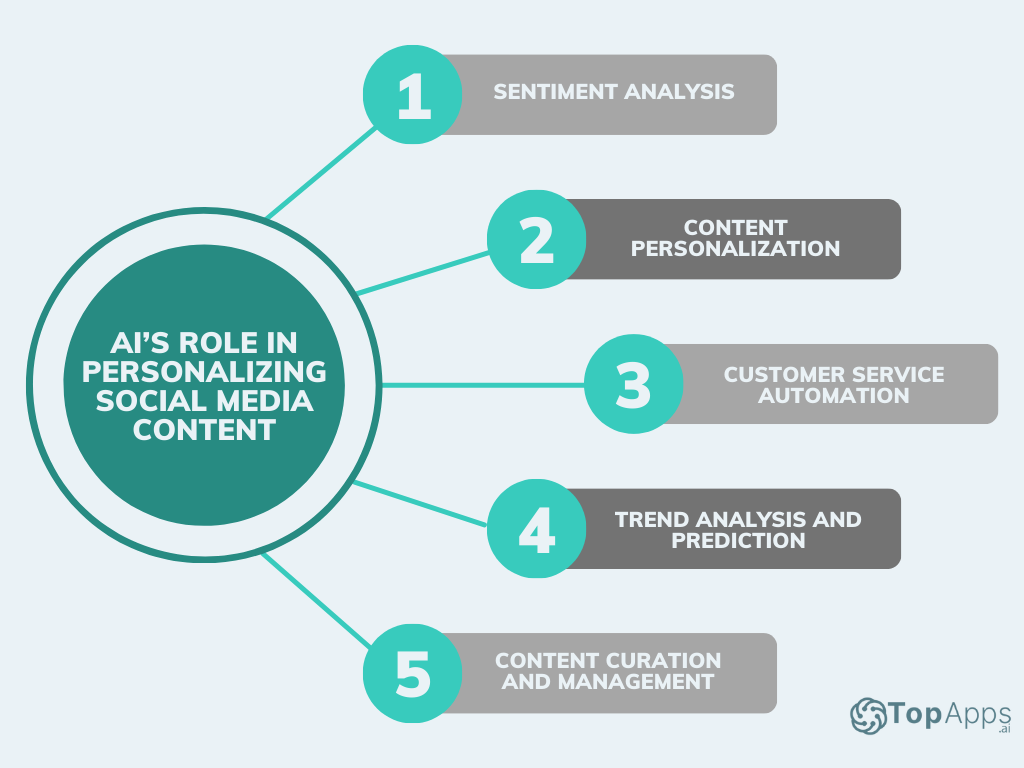
Why personalization is essential
In modern days, quality content alone isn’t enough. Users long for personalized content that resonates with their needs and preferences, and AI makes that achievable. By interpreting behavioral patterns, interests, and tendencies, AI can identify what type of content a user is most likely to engage with, thus presenting tailored content across social media channels.
With AI-driven personalization, user engagement sees a significant boost. Users are presented with the content they’re most likely to find interesting and thus, the likelihood of them interacting with the content increases. It helps businesses build strong connections with their audiences.
Predictive analytics: The key to understanding social media trends
Predictive analytics uses a variety of statistical techniques, such as data mining, modeling, and machine learning, to predict future outcomes.
Predictive analytics is a game-changer when it comes to understanding audience behavior. The sophisticated tool can process and analyze past and present data to predict future trends. It gives businesses unprecedented insights into future customer behavior, enabling them to make proactive and knowledge-driven decisions.
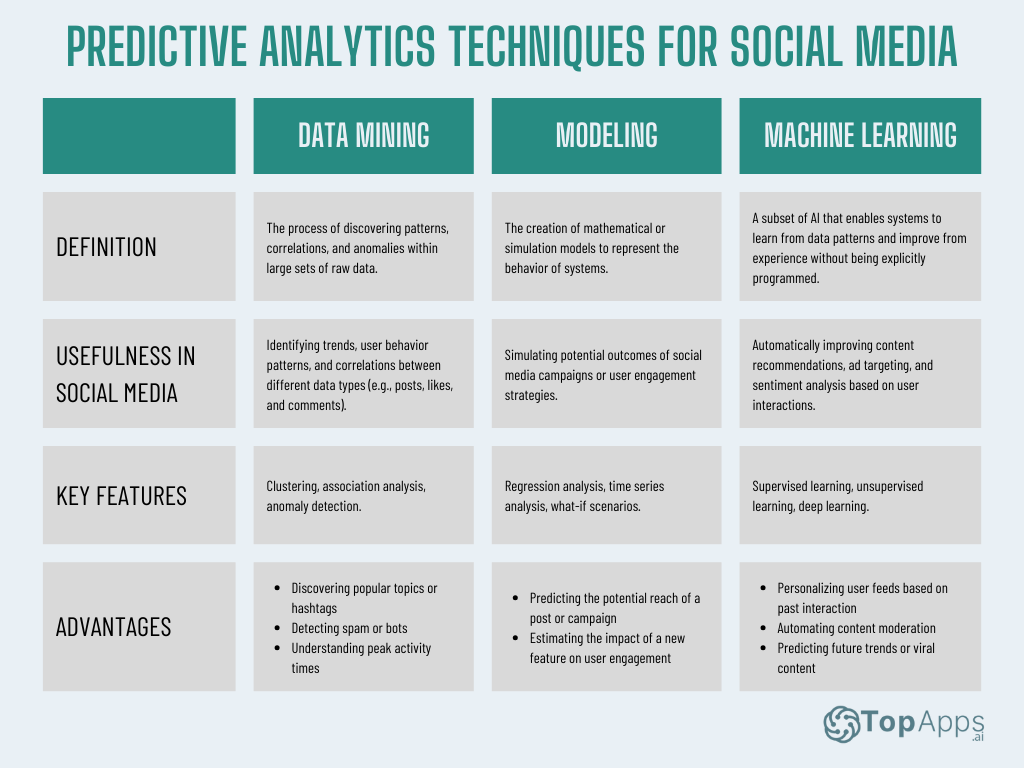
With a better grasp of audience behavior and impending trends, businesses can plan out their strategies more effectively. They could predict the potential virality of a post, the best times to post, and even foresee the rise and fall of certain trends.
By incorporating these cutting-edge technologies into their marketing toolkit, businesses are betting big on a future where data drives decision-making, user interaction reaches its apex, and social platforms serve tailored experiences, heralding a new age of social media – smart, personalized, and intuitive.
The intersection of AI and predictive analytics for social media
The combination of AI and predictive analytics in social media has become a potent tool. AI pulls in vast amounts of data and learns from it, while predictive analytics apply statistical algorithms and techniques to that data to predict future outcomes. This combination has shifted the role of social media platforms from mere communication tools to significant data hubs that can predict and shape user behavior. Perhaps one of the most exciting ways this intersection is illustrated is through personalized content, with AI’s learning capabilities helping to drive recommendations for individual users based on their online behavior.
Real-life social media use cases of AI and predictive analytics
- How AI and predictive analytics reshape social media advertising.
- The dramatic effects on social media analytics.
- Basic challenges and boundaries in social media.
AI and predictive analytics in social media advertising
Artificial intelligence strategies that were once considered high-tech now underpin the majority of digital advertising. Creating personalized ad experiences and targeting capabilities are just a few ways AI is reshaping social media advertising. It enables brands to reach beyond their traditional audience scope, propelling the likelihood of conversion and brand relevance. Here’s how AI can help with social media marketing:
- Targeting the right audience: AI and predictive analytics significantly improve the precision of target audience selection. By analyzing a user’s online behavior across multiple platforms, these tools can match consumers with ads that are more likely to be relevant to them.
- Enhancing personalized ad experiences: One thing AI does remarkably well is personalization. It employs social media data to provide tailored content recommendations, maximizing ad engagement, and fostering a more personal connection between the brand and potential customers.
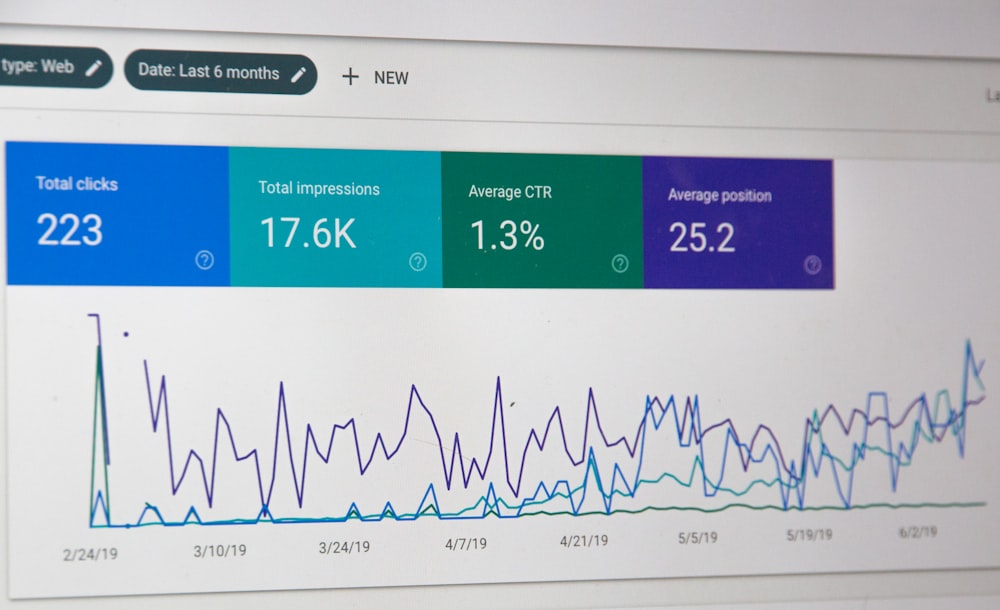
AI and predictive analytics in social media analytics
Social media analytics is not just about counting likes and shares anymore. With AI and predictive analytics, social media channels can leverage data to gain deeper insights into user behavior, preferences, and trends. This allows for more strategic content creation and marketing methods.
AI social media analytics tools can decipher vast amounts of social data to identify trends, predict user behavior, and uncover insights into audience preferences. These insights help businesses tailor their marketing strategies and content creation process.
Predictive analytics in social media provides valuable foresight into future trends. By analyzing current and historical data, businesses can predict consumer reactions to their next social media strategy, allowing for more informed decision-making.
Challenges and limitations
Despite its wide range of benefits, AI and predictive analytics also have their limitations in the social media setting. From privacy concerns to the risk of bias, these issues need to be acknowledged and navigated.
- Ethical considerations and privacy concerns: Although AI and predictive analytics offer preciseness and improved decision-making, they also raise privacy and ethical concerns. Businesses have to be aware of this while implementing data-heavy strategies.
- Risk of bias: AI models can unintentionally reinforce bias when they are trained on skewed or unrepresentative data sets. It’s crucial to take steps to ensure that social analytics practices are inclusive and do not perpetuate bias.
This deep dive into real-life use cases has surfaced the pervasiveness and potential of AI and predictive analytics in social media, from reshaping advertising to transforming analytics. However, as we’ve seen, challenges remain, underlining the importance of responsible and ethical application of these potent tools.

The future of AI and predictive analytics for social media
- Emerging ideas in AI and predictive analytics that promise to revolutionize social media platforms
- The inevitable role of AI and predictive analytics in shaping the future of social media
Emerging trends
Given the ongoing advancements in AI and Predictive Analytics being implemented in social media, numerous forward-looking tendencies are starting to emerge.
AI is increasingly being used to drive hyper-personalised content delivery systems. With these systems, users receive content specifically suited to their tastes and past interactions.
Another promising trend is the use of AI for real-time trend forecasting. This capability allows brands and marketers to stay ahead of the curve, creating content that resonates with upcoming trends rather than catching up with already established ones.
Predictive analytics is finding new grounds in sentiment analysis, where it gives businesses a better understanding of their customers’ thoughts and feelings about their products or services. It’s shaping up to be a powerful tool for tracking overall brand perception and customer satisfaction on social media platforms.
The role of AI and predictive analytics in the future of social media
The impact of artificial intelligence and predictive analytics isn’t confined to the present; they are poised to play an integral role in the future development of social media platforms.
AI is being geared towards enhancing user safety and content regulation. New AI models are being developed to better detect harmful content and behaviors, from fake news to cyberbullying. This could lead to more user-friendly and trustworthy social media ecosystems for the public.
In terms of predictive analytics, its role in the future appears interconnected with marketing evolution. More businesses are expected to leverage its capabilities by using social media AI tools to make data-driven decisions, paving the way for more cohesive and effective marketing strategies across various social platforms.
Brands are increasingly turning to AI to automate customer service on social platforms, with chatbots being a prevalent example. This trend looks set to continue, given the efficiency and cost benefits these AI-driven solutions bring to businesses.
In conclusion, AI and predictive analytics are not just refining how we use social media today; they are setting the stage for a more personalized, user-centric, and safe social media experience in the future.

Heading into a smarter social era
AI and predictive analytics aren’t just ad pushers. They are reshaping content creation, audience interaction, and decision-making in social media. By interpreting nuanced patterns and behavior, they provide a roadmap for strategic and impactful actions via valuable insights.
AI pinpointedly grabs onto the wave of trends, making sense of massive data, and predicts future trends and outcomes with uncanny precision. Harnessing this power elevates not just your social media performance, but your entire business—delivering better services and compellingly communicating your brand story.
Don’t shy away. It’s time to lean into the future and start embracing artificial intelligence in your social strategy. Learn more about how your business can use advanced analytics, put AI learning into practice, and keep innovating. The first step? Understand your audience, let AI do the heavy lifting, and build your social media strategy around the insights.
Consider this – how can you turn insights from artificial intelligence and predictive analytics into actionable steps for your social media marketing strategy?
Remember, in social media as in business, it’s survival of the smartest. Make your next move with predictive analytics and AI.
Amy Lancelotte
TopApps writer
Recent Articles

Microsoft servers are down. Your business grinds to a halt. Panic sets in. Stop. Breathe. You’ve got this. This guide gives you 7...
Read More
As a business leader, you’re always searching for ways to stay ahead of the competition. What about AI in marketing and sales? In...
Read More
Struggling to keep up with the competition in 2024? You’re not alone. Small and medium enterprises (SMEs) are facing a rapidly evolving business...
Read More